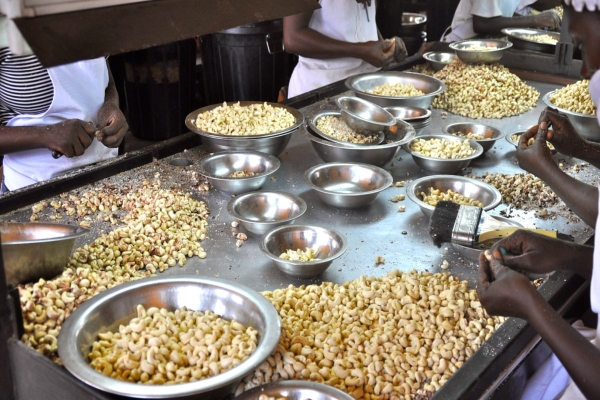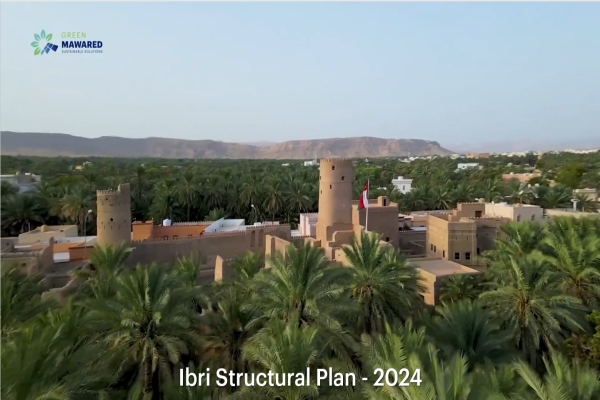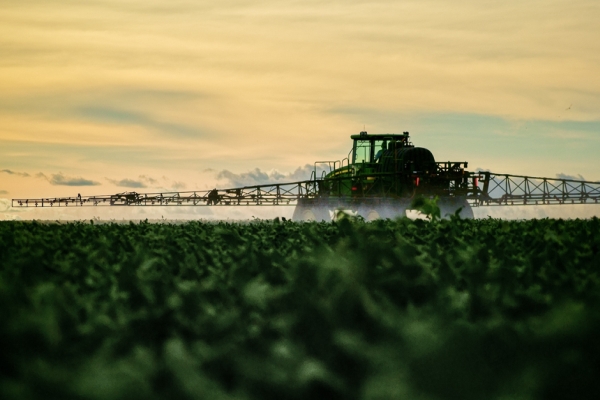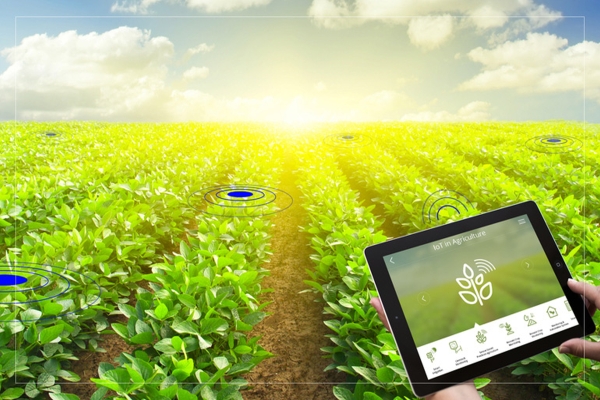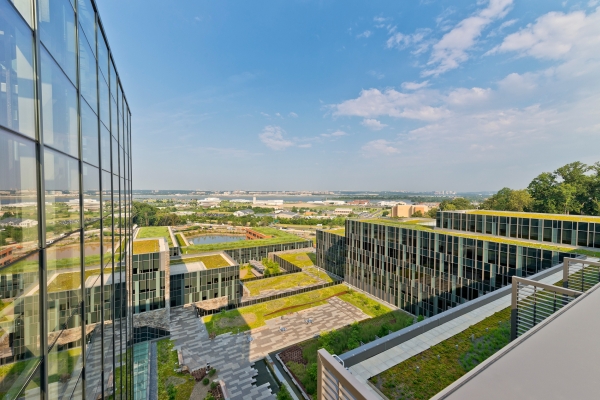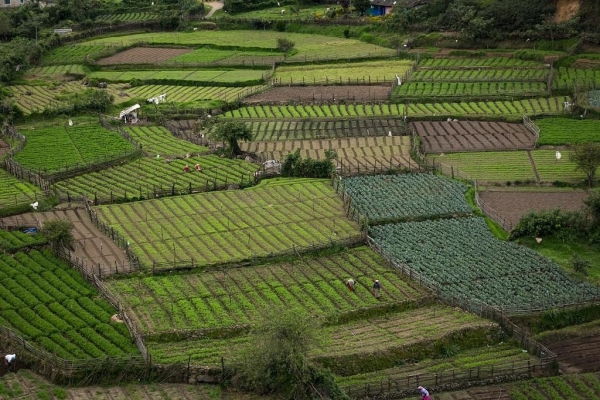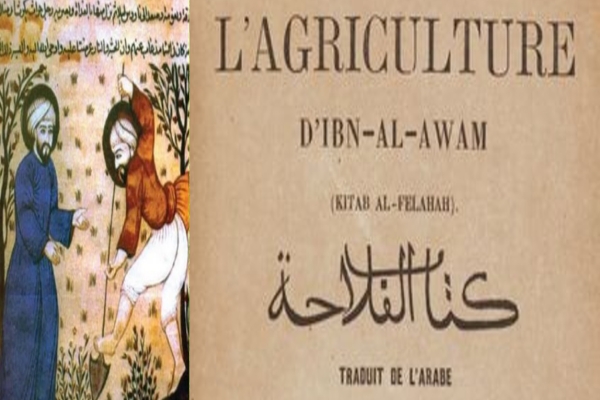The Remarkable Resilience of Seeds
- February 25, 2025
- 2 minutes
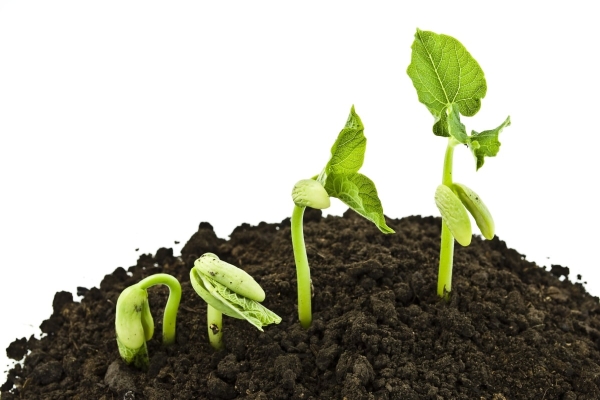
Seeds are one of nature’s most fascinating creations. They are tiny powerhouses of life, capable of surviving harsh conditions and waiting patiently for the right moment to sprout. Once seeds mature, they enter a state of dormancy—a survival mechanism that allows them to endure unfavorable conditions until the environment is just right for growth. This incredible ability ensures the survival of plant species across diverse climates, from temperate forests to arid deserts.
The Science of Seed Dormancy
Dormancy is a seed’s way of hitting the pause button on life. Think of dry bean seeds sitting in a jar for years—they remain viable and ready to grow when planted. Some seeds take this resilience to extraordinary levels. For instance, 2,000-year-old date palm seeds discovered near the Dead Sea were successfully germinated, proving that seeds can remain dormant and viable for millennia. Even more astonishing, a 32,000-year-old seed from a squirrel’s nest in Siberia gave rise to a flowering plant, showcasing the incredible longevity of seeds under the right conditions.
In temperate regions, most plants produce mature seeds in late summer or fall. If these seeds were to germinate immediately, the young seedlings would likely perish in the harsh winter. Instead, plants have evolved mechanisms to keep seeds dormant until spring, when conditions are favorable for growth. This timing ensures the survival of the next generation.
Desert Seeds: Masters of Adaptation
Desert plants face a different set of challenges. While winters may be cold, the primary obstacle is the scarcity of water. To overcome this, many desert plants produce seeds that remain dormant until a significant rainfall occurs. When the rain finally arrives, the seeds rapidly absorb water and germinate, taking advantage of the brief window of moisture to establish themselves.
However, germination timing is a delicate balance. If all seeds were to sprout simultaneously and a sudden drought or extreme weather event followed, the entire population of seedlings could be wiped out. To mitigate this risk, plants produce seeds with varying dormancy periods. This staggered germination ensures that not all seeds sprout at once, safeguarding the species against unpredictable environmental changes.
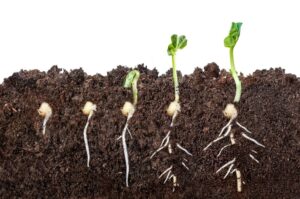
The Miracle of Seed Germination
What makes seeds even more remarkable is their ability to grow without external nutrients or light. Inside each seed is a stored reserve of food and energy, which fuels the initial growth of a root system, stem, and cotyledon leaves. This self-sufficiency allows a tiny seed to transform into a seedling many times its original size, all while relying solely on its internal resources.
The idea that a complete plant can emerge from a small, hard seed is a testament to nature’s ingenuity. Seeds are not just a means of reproduction; they are a survival strategy perfected over millions of years of evolution. Whether lying dormant for decades or waiting for the perfect rain, seeds embody resilience, adaptability, and the promise of new life.
In a world where environmental challenges are increasingly prevalent, understanding the science of seeds can inspire innovative solutions for agriculture and conservation. By harnessing the natural mechanisms of seed dormancy and germination, we can work toward a more sustainable future, ensuring that the legacy of these tiny marvels continues to thrive.
#Nature #Resilience #Agriculture #Sustainability #Seeds #PlantScience

